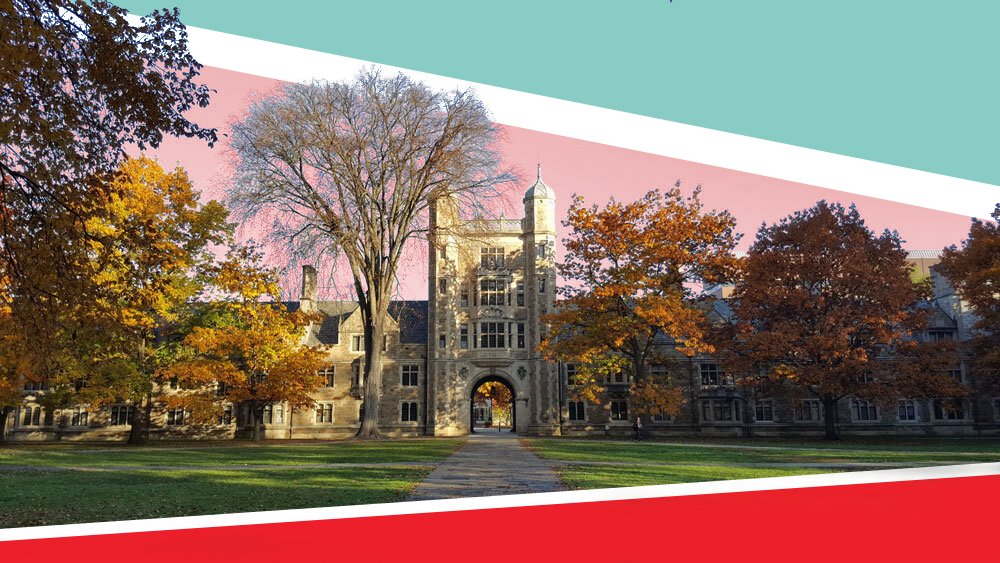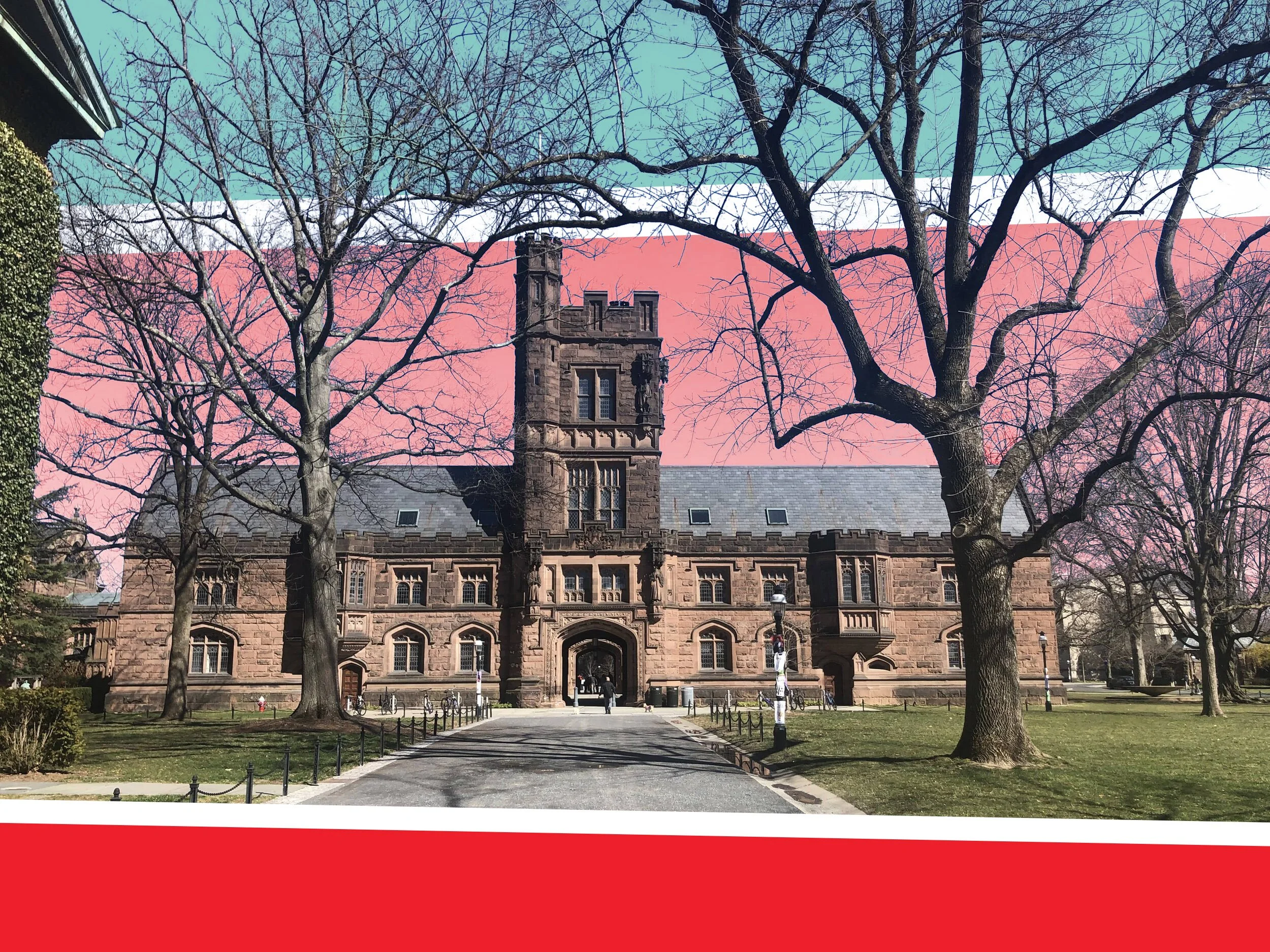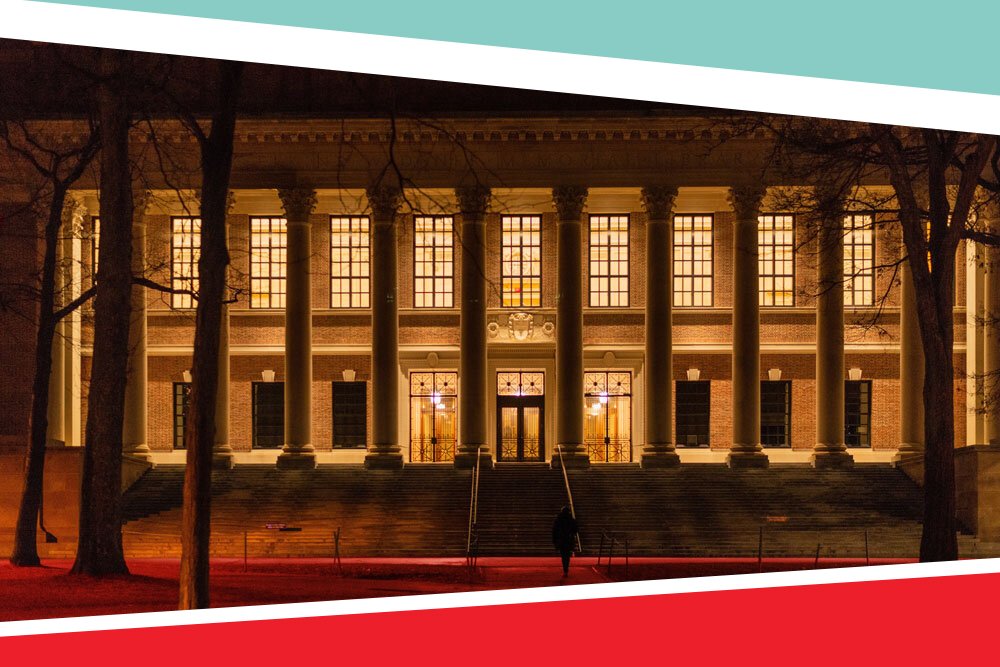Ivy League Acceptance Rates 2024: What You're Up Against
/Ivy League admissions statistics for the Class of 2028 and strategies to get in despite intense competition
Ivy League acceptance rates are trending lower each year
----
Part 1: Introduction
Ivy League acceptance rates are of great interest given that the eight universities—Brown, Columbia, Cornell, Dartmouth, Harvard, Penn, Princeton, and Yale—routinely rank among the best in the world. Each year, hundreds of thousands of students with perfect or near-perfect grades and test scores submit their applications hoping to get into one or more of these elite schools.
The admissions statistics are sobering:
The number of Ivy League applications for the Class of 2028 reached a record high with over 385,000 students looking to gain entry. Unfortunately, the average acceptance rate for most schools simultaneously declined.
While there was a slight increase in acceptance rates at most Ivy League schools during the uncertainty surrounding COVID-19, for the class of 2028 these rates seem to have returned to their pre-pandemic selectiveness—if not become even more selective.
For the Class of 2028, schools such as Dartmouth and UPenn saw applications surge by as much as ten percent, while other institutions—notably Harvard and Brown saw around a five percent decrease in applications. There was a slight uptick in acceptance rates at Harvard and Brown, while those schools with an increase in applications saw a decline in acceptance rates. Yale and Dartmouth reported historically low acceptance rates.
Now that the numbers for the Class of 2028 are coming in, it’s clear that acceptance rates are on track to be as low—or possibly lower—than the previous cycle.
For years, Ivy League admissions data have triggered annual headlines in major publications, which reinforce the exclusivity and selectivity of Ivy League schools. Here are a few examples:
Rather than accept defeat before your child ever applies to the Ivy League, it’s important to understand the numbers at each individual school. Below, we’ll go over the most recent admissions statistics and discuss key takeaways. Then we’ll review the strategies your child can employ to maximize their chances of Ivy League admission in future application cycles.
----
Part 2: Ivy League acceptance rates: Class of 2028
(Note: This table will be updated as new data are released. Penn and Princeton are continuing to delay the release of acceptance data at this time.)
| Brown* | |||||||||
| Columbia* | |||||||||
| Cornell* | |||||||||
| Dartmouth* | |||||||||
| Harvard^ | |||||||||
| Penn* | |||||||||
| Princeton^ | |||||||||
| Yale^ | |||||||||
| Total | |||||||||
----
Part 3: 2024 Ivy League acceptance rates takeaways
The “Big Three” Ivy League schools, plus Columbia, are likely the most selective
Harvard, Princeton, and Yale—known as the “Big Three”—are historically the three toughest Ivy League schools to get into. In recent years, they have been joined by Columbia in the top half of the Ivy League schools in terms of selectivity. Although Princeton’s 2024 admissions data are not yet public, we expect this trend to continue.
In recent years, Princeton’s acceptance rate has nudged upward a bit due to its expanding class size. In 2022, their acceptance rate reached as high as 5.7% and the Daily Princetonian estimated it would hover around 5.82% in 2023. This is likely to subside, however with more applications coming in and the class expansion tapering off.
In 2021, Columbia edged past Princeton and Harvard to become the most competitive Ivy. However, with a current acceptance rate of 3.59%, Harvard is once again the hardest Ivy League school to get into.
For the class of 2028, Yale had the lowest acceptance rate in the school’s recent history at 3.7%, down from 4.4% for the class of 2027, 4.46% for the class of 2026, 4.62% for the class of 2025, 6.54% for the class of 2024, and 5.91% for the class of 2023.
Despite Dartmouth receiving a record-breaking number of early decision applicants—up 18% on the previous record set last year—the acceptance rate for those who applied early decision was at an all-time low at just 17%.
Three years ago, acceptance rates for all Ivy League schools dipped into the single digits for the first time, and the average acceptance rate across all eight schools was 5.4%. While the full picture for 2024 isn’t yet available, here is a partial list of the Ivy League schools in ascending order of overall selectivity:
Harvard (3.59%)
Yale (3.7%)
Columbia (3.85%)
Brown (5.16%)
Dartmouth (5.3%)
Selectivity is highly associated with Ivy League rankings; that is, the highest-ranked schools tend to have the lowest acceptance rates.
Early action and early decision applicants enjoy higher acceptance rates
It’s widely known that students who apply early action or early decision typically get accepted to Ivy League schools (and others, like Stanford and MIT) at significantly higher rates than regular decision applicants.
For instance, whereas 17.0% of early decision applicants got into Dartmouth in 2024, only 3.84% of regular decision applicants were accepted. Both of these statistics tell a different story from Dartmouth’s 5.3% overall acceptance rate.
However, the difference between the two types of acceptance rates has fallen in recent years at Harvard, where only 8.74% of early action applicants received an offer of admission. While that number is more encouraging than the mere 2.7% of regular decision applicants who got in, the difference is far less pronounced than in previous years (in 2020, Harvard’s early action and regular decision rates were 13.9% and 3.3%, respectively).
Nevertheless, if your child knows that one of the Ivy League schools is their top choice, they should strongly consider applying early action or early decision to maximize their odds of getting in. Applying early demonstrates strong interest and is attractive to schools who want to protect their yield rate.
At the same time, it’s important to remember the following confounding variable: the early action and early decision applicant pool tends to be stronger than the regular decision pool. Therefore, it’s difficult to quantify the impact of applying early vs. the impact of a higher-achieving group of early applicants.
(Suggested reading: Early Action vs. Early Decision: Pros and Cons and What Your Child Should Do)
Getting into an Ivy League school is incredibly difficult
When we evaluate which Ivy League schools are “easiest” or “toughest” to get into, it’s easy to miss the big picture: Ivy League universities are some of the most selective in the country. Given the low overall acceptance rate, the vast majority of Ivy League applicants will not get into any of the eight schools.
While this is a tough pill to swallow, it reinforces our recommendation to create a balanced college list. Specifically, high-achieving students should consider Ivy League schools as part of an overall admissions strategy that includes reach, target, and safety schools, rather than as their exclusive focus.
At the same time, Ivy League acceptance rates are misleading in another way: odds of getting in are not the same for everyone. For instance, a student with a 4.0 GPA, 36 ACT score, and outstanding extracurricular activities does not have has the same chance of getting in as a student with a 3.7 GPA, 1420 SAT score, and above-average extracurricular profile. The former student’s odds of getting in are much higher than the overall acceptance rate, whereas the latter student’s chances are lower.
Want to learn more about getting into specific Ivy League schools?
With the increasing number of applications and high level of achievement among America’s high school students, Ivy League acceptance rates are likely to remain low during the foreseeable future.
While these admissions statistics can be disheartening, your child can get into Ivy League and other elite schools through high academic achievement, standout extracurricular activities, and writing great college essays (e.g., the Common App Essay and supplemental essays).
However, every Ivy League school is different and maximizing your child’s odds of getting into each one will require slightly different approaches. Click below to learn more school-specific strategies:
You may also be interested in the following guides to getting into Ivy+ schools:
Ready to schedule a consultation?
----
Appendix: Previous Ivy League acceptance rates
Ivy League acceptance rates: Class of 2027
| Brown* | |||||||||
| Columbia* | |||||||||
| Cornell* | |||||||||
| Dartmouth* | |||||||||
| Harvard^ | |||||||||
| Penn* | |||||||||
| Princeton^ | |||||||||
| Yale^ | |||||||||
| Total | |||||||||
Ivy League acceptance rates: Class of 2026
(Note: Cornell, Penn, and Princeton have declined to publish admissions data at this time.)
| Brown* | |||||||||
| Columbia* | |||||||||
| Cornell* | |||||||||
| Dartmouth* | |||||||||
| Harvard^ | |||||||||
| Penn* | |||||||||
| Princeton^ | |||||||||
| Yale^ | |||||||||
| Total | |||||||||
Ivy League acceptance rates: Class of 2025
(Note: Princeton cancelled early action for the class of 2025.)
| Brown* | |||||||||
| Columbia* | |||||||||
| Cornell* | |||||||||
| Dartmouth* | |||||||||
| Harvard^ | |||||||||
| Penn* | |||||||||
| Princeton^ | |||||||||
| Yale^ | |||||||||
| Total | |||||||||
Ivy League acceptance rates: Class of 2024
| Brown* | |||||||||
| Columbia* | |||||||||
| Cornell* | |||||||||
| Dartmouth* | |||||||||
| Harvard^ | |||||||||
| Penn* | |||||||||
| Princeton^ | |||||||||
| Yale^ | |||||||||
| Total | |||||||||
Ivy League acceptance rates: Class of 2023
| Brown* | |||||||||
| Columbia* | |||||||||
| Cornell* | |||||||||
| Dartmouth* | |||||||||
| Harvard^ | |||||||||
| Penn* | |||||||||
| Princeton^ | |||||||||
| Yale^ | |||||||||
| Total | |||||||||















